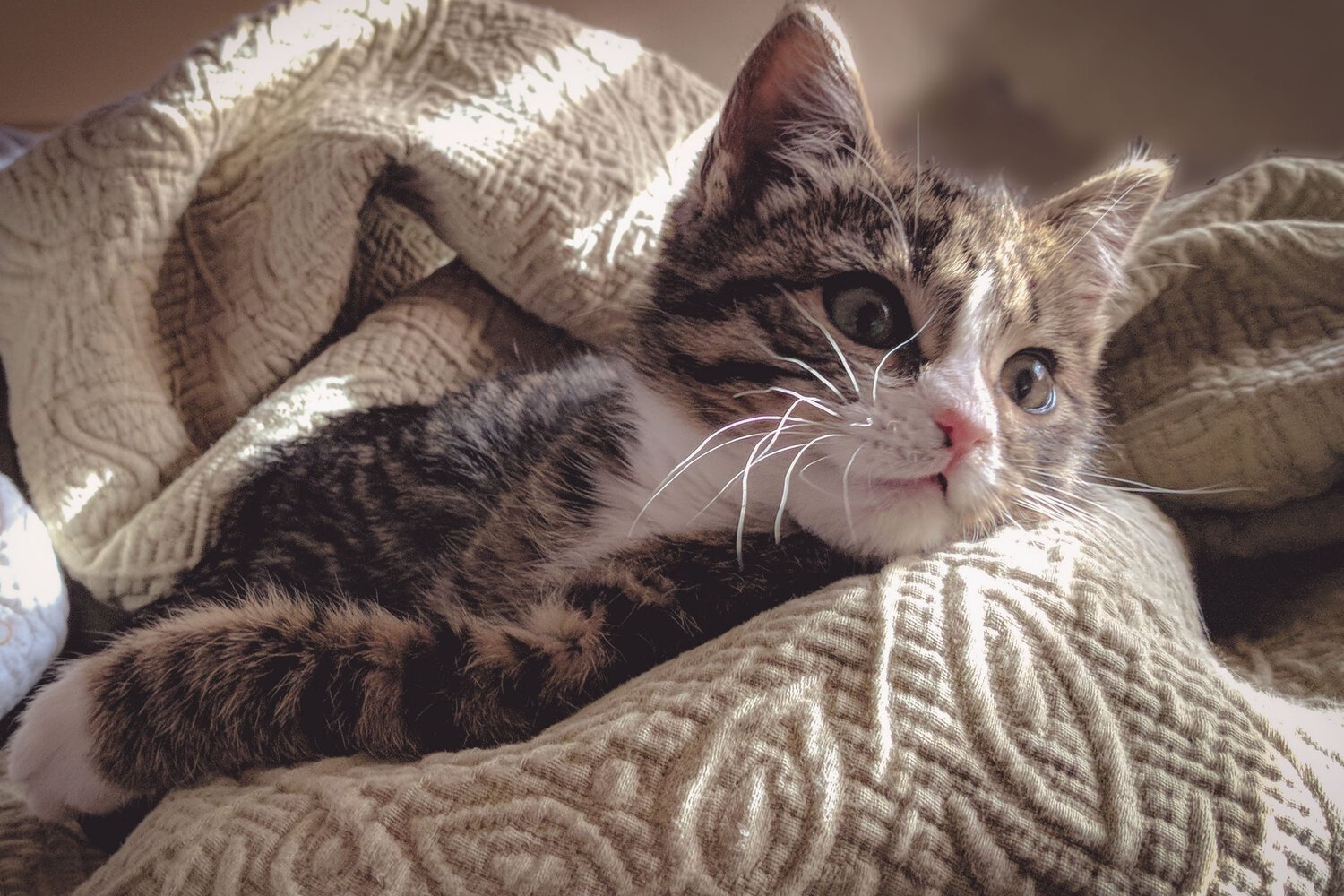
CAT FLEA & TICK
Your Complete Guide to Cat Flea and Tick Diagnosis and Treatment

What are some signs that your cat may have a flea or tick infestation?
Detecting signs of a flea or tick infestation in your cat requires keen observation and attention to changes in their behavior and appearance. Here's some of the most common signs:
Actual sightings of fleas or ticks on your cat's fur, especially around the neck, head, or base of the tail.
Persistent scratching, biting, or licking, particularly in areas where fleas commonly hide.
Noticeable redness or inflammation on your cat's skin, often around the neck and back.
Presence of scabs, crusts, or flakes on the skin, which may result from flea bites or your cat's scratching.
Your cat is engaging in more grooming than usual, attempting to alleviate discomfort caused by fleas or ticks.
What are the dangers of fleas and ticks for cats?
Fleas and ticks are more than just nuisances; they can pose serious health risks for your cat. Fleas can transmit diseases, cause allergic reactions, and lead to anemia, especially in kittens. Ticks, on the other hand, may transmit diseases like Lyme disease or cause local irritation.
What are common cat treatments for fleas and ticks?
A diverse array of cat flea products is available, ranging from effective remedies to those lacking medical validity for addressing fleas and ticks in cats. Our veterinarians strongly discourage the use of numerous over-the-counter treatments. Common cat flea treatment methods include:
Oral tablets: These are a great choice for flea and tick prevention and treatment, while being safe for both your cat and your household.
Topical Flea Treatments: There are many different topical flea treatments with varying effectiveness and different spectrums of use.
Cat Flea Collars, Powders and Sprays: We advise against the use of flea collars, powders, or sprays. While these products were historically prevalent for flea control, they are now considered more toxic and less effective compared to the recommended products.
FAQ
-
If cat fleas are removed from their animal host, or if that host proves an insufficient food source, cat fleas often will bite humans on the lower legs, leaving round, red spots. Today, most cat flea bites result in minor itchiness and discomfort in humans.
-
Yes, treating your home is crucial to eliminate any flea eggs, larvae, or pupae. Vacuuming, washing bedding, and using environmental sprays can be effective.
-
Absolutely. Cat fleas are resilient and can infest carpets, furniture, and bedding, creating a persistent problem.
-
Washing bedding, including sheets, is a recommended step to eliminate fleas and their eggs from your home.
